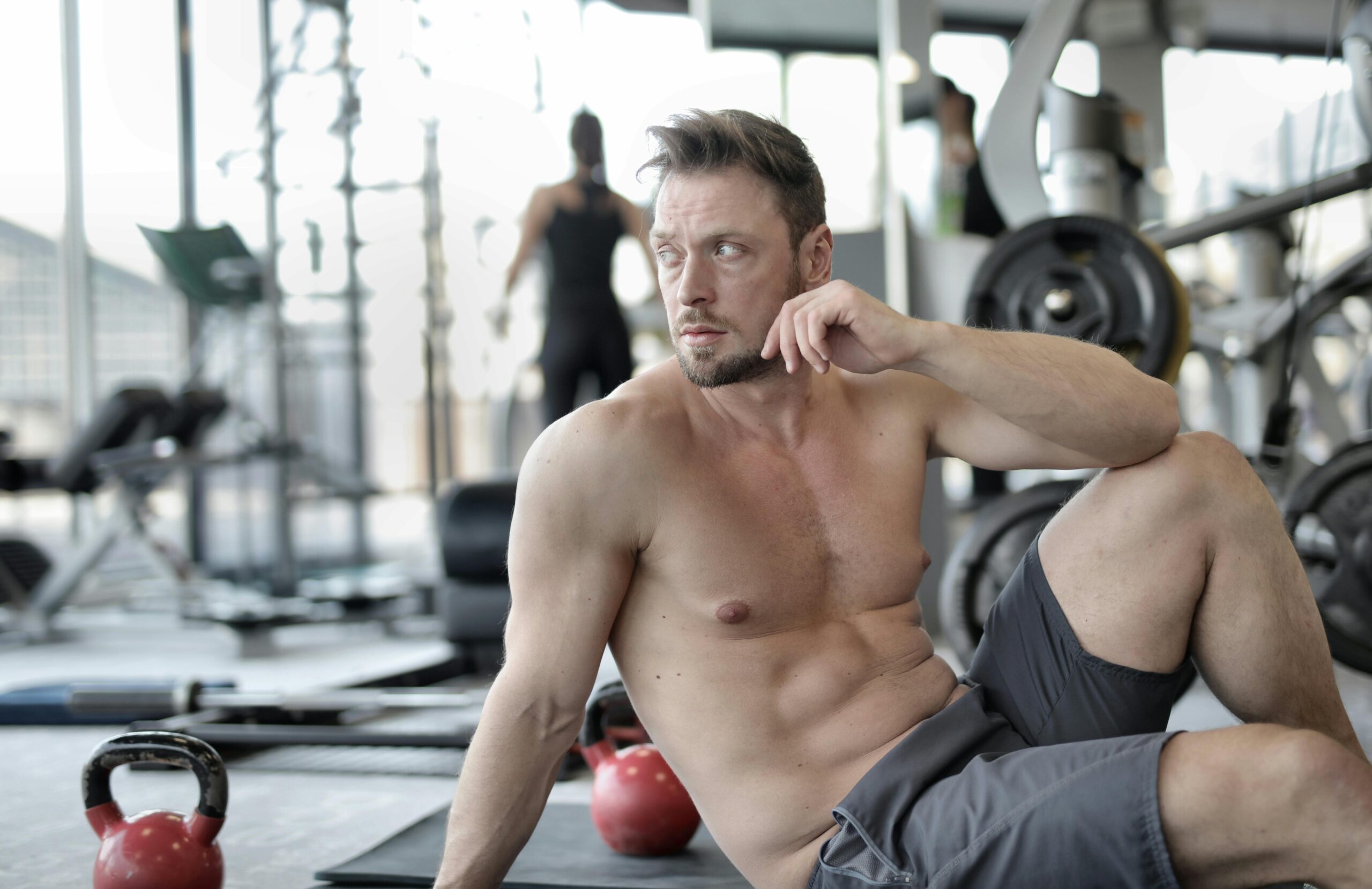Simple Guide to Shoulder Training with Dumbbells: 5 Effective Exercises for 2025
Shoulder training is an essential aspect of fitness that not only enhances upper body strength but also contributes to overall health and wellness. Investing time in shoulder workouts can lead to improved posture, better athletic performance, and reduced risk of injuries. This article delves into the significance of shoulder training with dumbbells and presents five effective exercises that can be incorporated into your routine for targeted muscle engagement and maximal results.
With the increasing reliance on home workouts, understanding how to effectively use dumbbells for shoulder training is more vital than ever. The right exercises can actively strengthen the shoulder girdle, enhance joint stability, and prevent painful injuries. In this guide, we will explore the fundamentals of effective shoulder exercises, highlight proper techniques, and provide tips for maximizing your results. Additionally, we will address common mistakes and offer modifications for different fitness levels, ensuring that everyone can engage in this rewarding aspect of strength training.
By following the exercises outlined below, you will not only build muscle and strength but also develop movements that stabilize and protect the shoulder joint. Whether you’re a beginner or an experienced lifter, these workouts are designed for effective training at home. Let’s get started!
Essential Techniques for Effective Shoulder Training
Before diving into specific exercises, it’s crucial to establish a sound foundation in shoulder training. Understanding the underlying techniques and principles will help you achieve the best results while minimizing the risk of injury.
Creating a Proper Warm-Up Routine
Warming up is often overlooked but is essential for preparing the shoulder muscles for rigorous activity. A proper warm-up increases blood flow, activates muscle fibers, and enhances coordination, allowing for safer and more effective workouts. Consider integrating dynamic stretches and mobility exercises targeting the shoulder area, such as arm circles and shoulder dislocations using a resistance band.
Understanding Shoulder Anatomy
A basic understanding of the anatomy of the shoulder will aid in executing exercises correctly. The shoulder complex consists of several muscle groups, including the deltoids, rotator cuff, and trapezius. Focusing on these areas during your workouts will not only contribute to muscle growth but also support shoulder stabilization and joint health.
Focusing on Form and Posture
Correct form is crucial for maximizing the effectiveness of shoulder exercises. Whether performing the shoulder press, lateral raises, or front raises, maintaining a straight back, engaged core, and steady grip on the weights will help prevent injury and enhance performance. Regularly reassess your posture during exercises to ensure optimal alignment.
Five Effective Dumbbell Exercises for Shoulder Training
With the foundational techniques in place, let’s explore five effective shoulder exercises utilizing dumbbells. Each of these exercises targets different shoulder muscles, contributing to a well-rounded training routine.
Dumbbell Shoulder Press
The dumbbell shoulder press is a classic exercise that strengthens your deltoids and triceps. To perform this exercise, sit or stand with a dumbbell in each hand, palms facing forward. Lift the weights overhead while keeping your back straight and core engaged. Lower the weights back to shoulder height and repeat for the desired number of reps.

Lateral Raises
Lateral raises effectively isolate the deltoid muscles, enhancing shoulder width and definition. Stand with a dumbbell in each hand at your sides. Raise the weights out to the sides until they are at shoulder level, keeping a slight bend in your elbows. Slowly return to your sides and repeat.
Front Raises
Front raises focus on the anterior deltoids and are a great way to diversify your shoulder workout. Hold a dumbbell in each hand at your thighs. Raise the weights in front of you to shoulder height while keeping a straight back. Lower the weights back down in a controlled manner.
Bonus Exercise: Face Pulls with Dumbbells
Although not a focused dumbbell exercise, using resistance bands or cables can augment your shoulder training routine. Face pulls address postural issues and strengthen the rotator cuff, contributing significantly to shoulder stability. Grab a resistance band, position it at shoulder height, and pull towards your face while keeping your elbows high.
Cooldown: Importance of Post-Workout Stretching
After completing your shoulder workout, it’s vital to cool down and stretch your muscles. Proper cooldown exercises help in recovering from strenuous exercise and reduce muscle soreness. Focus on stretches that target the shoulders, such as the cross-body arm stretch and doorway chest stretch. These moves will enhance flexibility and maintain optimal shoulder health.

Frequently Asked Questions about Shoulder Training
What are the benefits of shoulder training with dumbbells?
Shoulder training with dumbbells can increase strength, improve muscle coordination, enhance joint stability, and reduce the risk of injury. It helps build a well-defined upper body and supports overall functional fitness.
How often should I train my shoulders?
For optimal results, aim for 1 to 2 shoulder training sessions per week, allowing adequate recovery time between workouts. This balance ensures muscle growth while minimizing fatigue.
Can I do shoulder training at home?
Absolutely! Dumbbell shoulder exercises can easily be done at home with minimal equipment. There are various exercises that can be performed efficiently, making them suitable for home workouts.
How do I prevent shoulder injuries during workouts?
To prevent injuries, focus on proper form, engage in thorough warm-up and cooldown routines, and avoid lifting weights that are too heavy. Listen to your body and take rest days when needed.
What should I do if I experience shoulder pain during training?
If you experience shoulder pain, stop the exercise immediately and assess your form. If pain persists, consult a fitness professional or physician for guidance on rehabilitation and recovery.
Conclusion
Incorporating shoulder training with dumbbells into your fitness routine is a smart choice for increasing upper body strength and promoting joint health. By understanding proper techniques, using effective exercises, and emphasizing good form, you can achieve your fitness goals while minimizing the risk of injury. Remember to always listen to your body, maintain a balance in your training, and enjoy the process of building stronger, healthier shoulders.
To learn more about fitness training and how to effectively utilize dumbbells in your workouts, check out additional resources on shoulder workouts and dumbbell training strategies.
